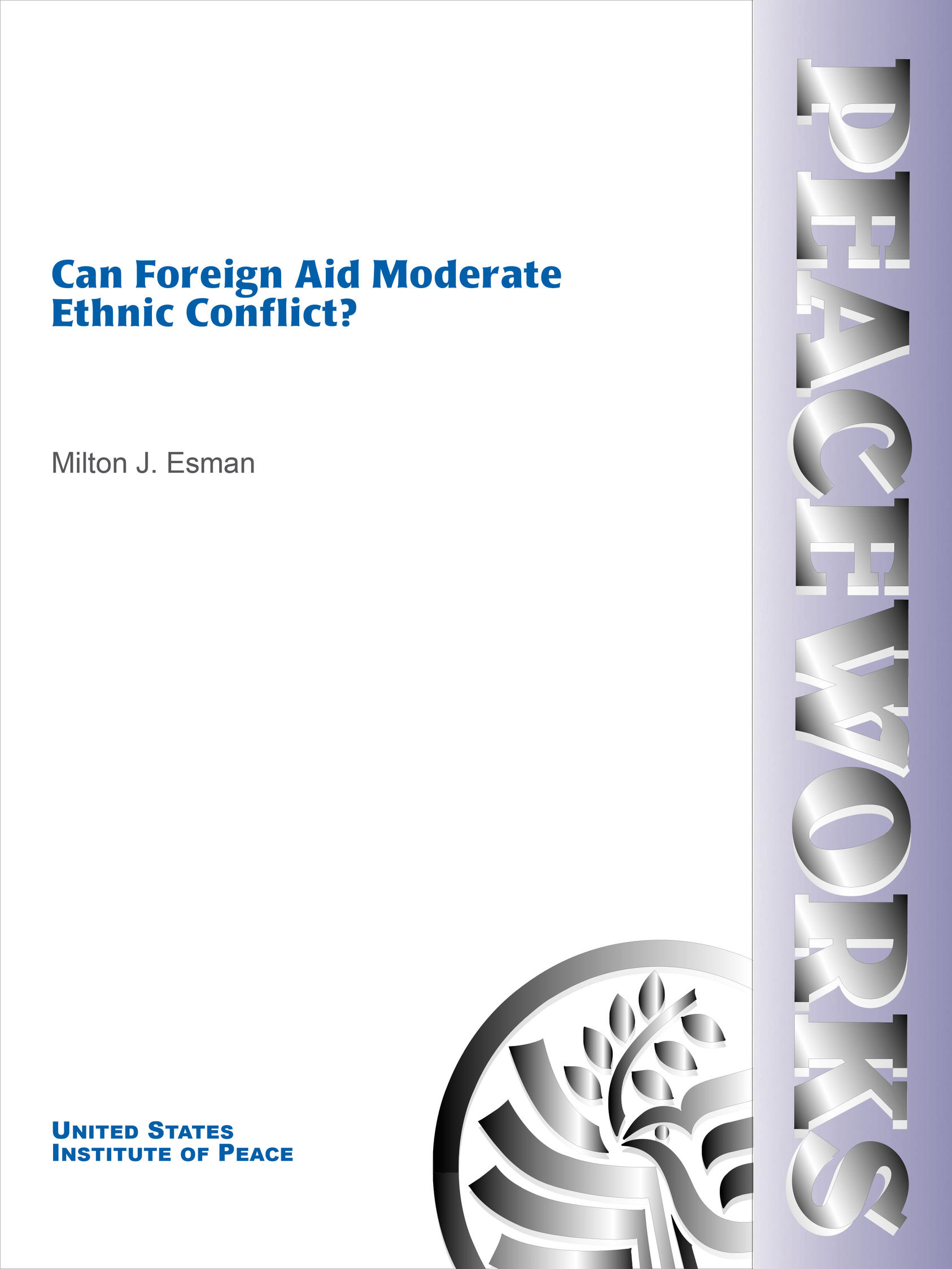Peaceworks No. 13
Since World War II, a complex network has emerged of bilateral and multilateral agencies that manage economic assistance to low-income countries in the form of investment projects, policy advice, and technical assistance. Although each of these agencies has its distinctive personality, most of them have avoided facing up to the post–Cold War reality of burgeoning ethnic conflict.

Since World War II, a complex network has emerged of bilateral and multilateral agencies that manage economic assistance to low-income countries in the form of investment projects, policy advice, and technical assistance. Although each of these agencies has its distinctive personality, most of them have avoided facing up to the post–Cold War reality of burgeoning ethnic conflict.
This reluctance to deal with the violent consequences of ethnic pluralism is often self-defeating, for such violence can destabilize the environment within which the agencies operate and thus undermine their efforts. The same reluctance can also blind agencies to the damage that the ill-considered provision of foreign aid can inflict on ethnic relations within aid-receiving nations. Some interventions may have neutral or even positive sum outcomes. This paper represents the author's conclusions from a conference held in October 1995 at Cornell University on the effects of development assistance on ethnic conflict.
Milton J. Esman, a leading authority on ethnic politics and development assistance, is emeritus John S. Knight Professor of International Studies at Cornell University. After receiving his doctorate in politics from Princeton University, he served with the U.S. Army and the U.S. Department of State and taught at George Washington University and the University of Pittsburgh before becoming director of Cornell University's Center for International Studies, a post he held from 1969 to 1983. Esman has been a consultant for a number of organizations, including the World Bank, USAID, FAO, ILO, UNDR, the Ford Foundation, and the Congressional Office of Technology Assessment.